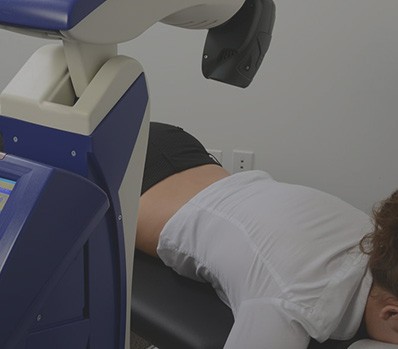Cartilage is your body’s natural shock absorber, cushioning joints and allowing smooth, low-friction motion. As resilient as cartilage is, damage to cartilage is one of the most common types of orthopedic injury. When cartilage in the knees, hips, elbows or ankles is torn, or simply wears thin with age, bones may come into contact, resulting in pain, stiffness and reduced range of motion.
Although the symptoms of minor cartilage damage may improve over time, major tears will not. The reason for that is that cartilage, once lost to injury or normal wear-and-tear, will not naturally grow back.
Other symptoms of cartilage injuries include swelling, a clicking noise, a grinding sensation, and a feeling that the joint is locking or giving way. Severe injury should not be ignored, as the joint can be further damaged the longer you wait to seek treatment. Call Dr. Nitz if your knee will not support weight or buckles during normal activities. Additional warning signs include a joint that looks out of alignment or has one or more bumps, and a feeling of numbness in the joint.
Knee Cartilage
The knee is one of the most complex joints in the body, and is subjected to an array of stresses, strains and forces throughout the day. Two types of cartilage help it meet the challenge. Articular cartilage is attached to the bone and forms the smooth layer of the joint, including the back of the kneecap. Meniscus is cartilage positioned between bones to cushion the joint. Meniscus is the most commonly damaged cartilage in the knee, but damage to either type of cartilage can have serious effects.
Sometimes this damage is the result of age-related degenerative arthritis, and is the precursor to osteoarthritis. Other types of cartilage damage may result from sudden impacts and trauma, such as when a player pivots on the basketball court.
In the case of articular cartilage, injury can be caused by fissuring, the appearance of flaps, defects or thinning: Fissuring often causes a “catching” sensation that results from a break within a layer of cartilage. This same feeling of a catch in knee movement can happen when a “flap” of cartilage becomes untethered from its normal position. Defects in cartilage develop as a result of knee arthritis or trauma. Thinning is similar to the “wear and tear” of a tire tread. Once the volume of cartilage has significantly declined, symptoms of osteoarthritis begin to appear. The body will not regenerate cartilage to replace the layers that have worn away.
Evaluation and Treatment
Given the complexity of cartilage in the knee and elsewhere in the body, close examination is required for an accurate diagnosis, as cartilage damage shares symptoms with other types of injuries, such as sprains. Radiographs and MRI scans are valuable tools in identifying the damage and quantifying its extent.
Treatment will begin with home care, involving the use of nonsteroidal anti-inflammatory medication, ice packs and resting of the joint. In the case of a knee injury, a brace may help speed recovery. Newer non-surgical techniques involve use of medical lubricant, platelet-rich plasma or laser treatment.
Surgical options include debridement that is performed arthroscopically, chondroplasty, a bone stimulation technique known as microfracture, or transplantation of cartilage in cases with more serious damage. For the most severe tears, replacing the affected joint with an artificial one may be necessary.
Recovery
After a surgical procedure, it is important to give your joint the time and stability it needs to heal. For knee or ankle procedures, crutches will help keep the weight off the joint. To build muscle strength and restore range of motion, Dr. Nitz may recommend a course of physical therapy. You will need to wait several months before resuming vigorous physical activities.
If you would like to know more about cartilage injuries, schedule a personal consultation with skilled Dayton, Ohio orthaepedic surgeon Dr. Paul A. Nitz by calling or emailing his office today.

